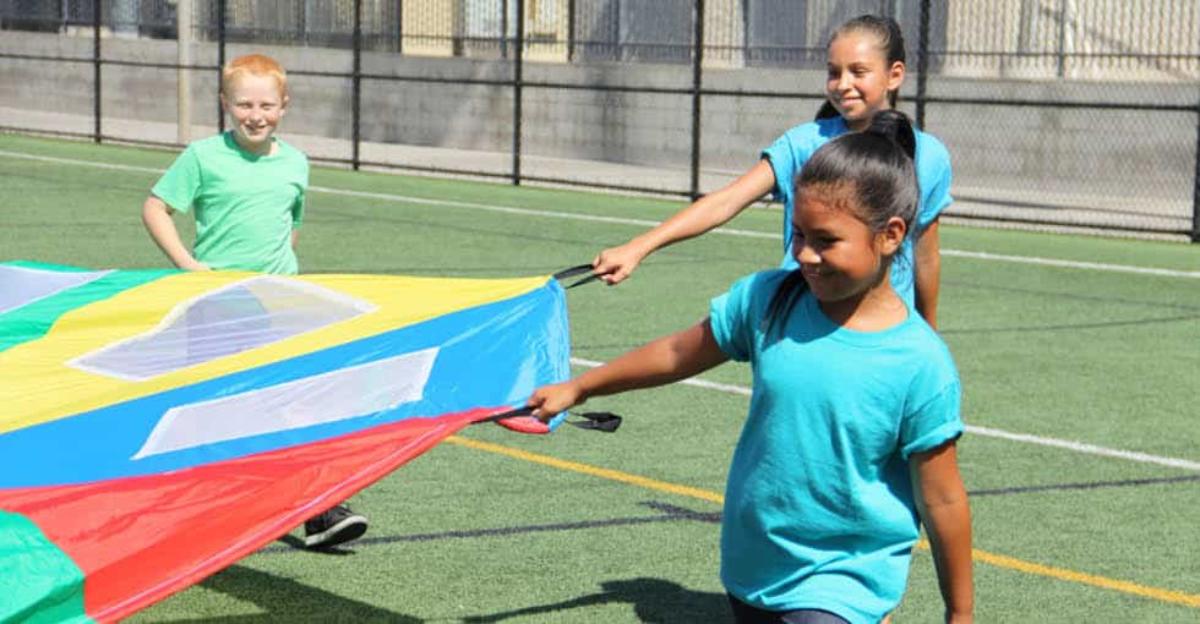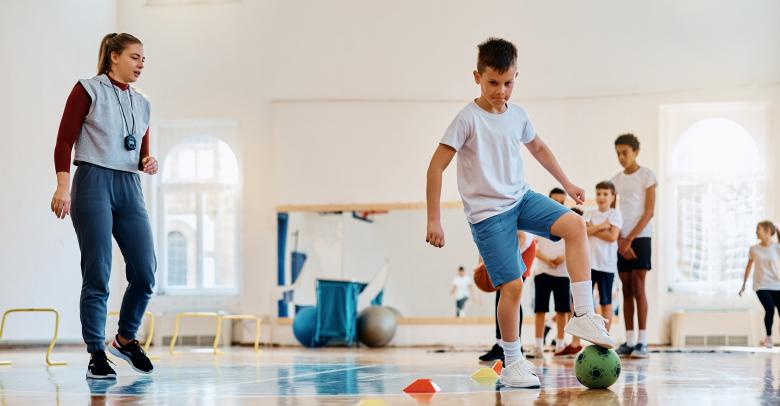Every spring all over the world, schools are preparing to put on a Field Day for their students. Preparation and planning can help to ensure that everyone enjoys and participates in a day full of Field Day fun. Go through this list of tips to make sure you’ve got the bases covered for a successful Field Day.
Preparation for a Stress Free Field Day
Keeping stress levels low can be difficult when planning for Field Day. However, with the right preparation and follow-through, you can make this year much more fun for everyone. Read through the following tips and challenge yourself to take care of as many of the tasks as possible.
What to do Before Field Day
Plan well in advance (6-8 weeks minimum).
You will need to get approval, get the word out, create materials (e.g. T-shirts, etc.) communicate with staff, volunteers, parents and students about the event.It takes a lot of minds and bodies to put together a successful Field Day. Call for parents and teachers to create a committee to bring ideas, additional volunteers, resources for donations, etc. Invite all parents and community members for their input on making it a fun day for all. Be sure everyone who wants to be involved knows about the meetings.
Decide what you need volunteers to do before, during, and after the Field Day (e.g. lead activities, escort students to the bathroom, set-up, take-down, deliver water and supplies, etc.). Use a web sign-up to make it easy for them to choose the tasks they are willing to do and the time slots they can be there for. Examples of these are SignUpGenius and SignUp. Best to have two volunteers per activity so they can support one another. Have a paper version in the front office for folks who are unable to use the web options.
Come up with a Field Day theme to pull it all together.
Plan the activities with the goals of fun and activity in mind. Keep them simple and age-appropriate. When considering activity ideas, be line conscious: Don’t have kids stand in line for long. A field day should be full of fun and action, not standing around watching others. Consider breaking up the day with a K-2 Field Day in the morning and a 3-5 one in the afternoon. Include water games (if your climate allows). Kids go nuts over these and they are typically a smash hit. Plan to have these near the hose. Think of unique activities that are cooperative in nature, rather than competitive. Have a good mix of activity types, including alterations planned to include students with special needs.
Need ideas for activities? Check out the free Field Day Activity Guide download below!
Download the Field Day Activity Guide
Organize and map things out.
Schedule the day to include breaks, rotation, activity names, etc, and create a map to show where each activity will be at the school. Coordinate classes to create signs for each station, and ask for volunteers to photograph the activities to share with parents and teachers. Also be sure to provide ideas for healthy snacks to serve during Field Day, potentially finding a donor from a local grocery store or restaurant. Let the school’s nurse or health aide know that a first aid station will be needed, and remind students of the importance of being well-rested, fed, and properly dressed for action and fun. Bringing a towel and a chance of clothes is a great idea, too!
Day of Field Day Preparation Tips
Have volunteers set up as much as possible the night before, and hold a final meeting with all the volunteers prior to the start to cover the main goals of the day and details about safety. Organize a large group “Welcome” to Field Day and discuss the rotation, along with details about locations for food, water, and first aid.
Keep things flexible and fun.
Include breaks for volunteers every 90 minutes or so, and remind them to keep their ears and eyes open for any issues or inappropriate behavior. Work to ensure that all students are having a good time, and try to provide enough equipment to keep lines short, or direct students to different activities when a traffic jam occurs.
Post Field Day Follow Through
Be sure to clean and dry all the equipment and place it somewhere safe for storage. Follow up with volunteers by sending a thank you note or email along with a survey for feedback. It’s important to note which activities worked well, which ones didn’t, and what could be done to better prepare for next year.
More Helpful Field Day Tips
If you’re on the lookout for more ways to bring fun and activities to your school’s Field Day, take a few minutes to browse the other Field Day blog posts on our site. We’ve gathered ideas for more activities to fit different students, schools, and equipment options.






Leave a Reply